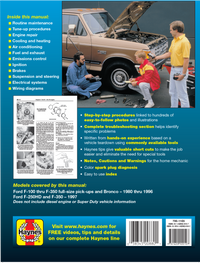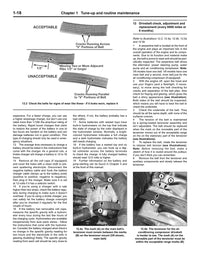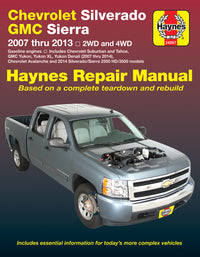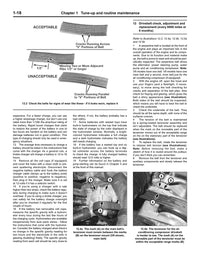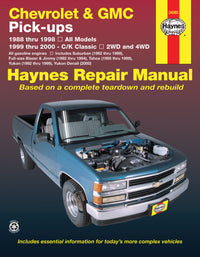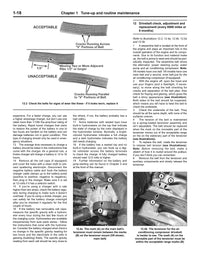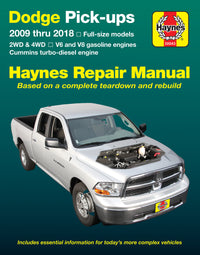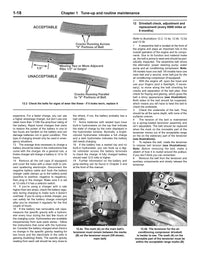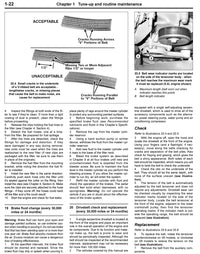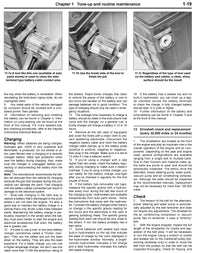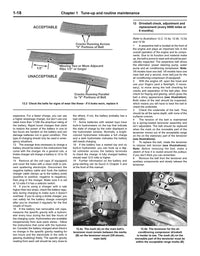The transmission in your GMC Sierra 2500 or 3500 works under tremendous pressure every day, especially if you haul or tow. Knowing the correct GMC Sierra transmission fluid change interval helps protect the drivetrain and keeps the truck performing at its best.
Understanding the GMC Sierra Transmission Fluid Change Interval
The 2014 to 2019 GMC Sierra lineup uses both six-speed and Allison automatic transmissions designed to handle demanding workloads. These systems rely on clean transmission fluid to lubricate internal components and carry away heat.
Over time, high temperatures and friction break down the fluid, reducing its ability to protect the transmission. For most driving conditions, the recommended GMC Sierra transmission fluid change interval falls between 45,000 and 60,000 miles. Drivers who frequently tow heavy trailers, drive in stop-and-go traffic, or operate in high temperatures should consider changing it closer to the lower end of that range.
Neglecting the fluid can lead to harsh gear engagement, delayed response, or overheating. These issues can quickly escalate into costly repairs. For this reason, timely maintenance makes such a difference in how the transmission performs over time.
Signs It’s Time for a 2015 GMC Sierra Transmission Fluid Change
Knowing the correct GMC Sierra transmission fluid change interval helps protect the drivetrain and keeps the truck performing at its best.
Dark or burnt fluid signals oxidation and contamination from clutch material or metal particles. A burnt smell or visible debris in the fluid often indicates it has been in service too long. Drivers may also notice erratic performance, such as hesitation between gears or a sudden drop in acceleration. Addressing these warning signs early helps prevent more serious internal wear.
If you frequently tow or carry heavy loads, heat becomes your transmission’s biggest enemy. High temperatures cause the fluid to thin and lose its ability to maintain proper pressure, which can accelerate wear and tear. Servicing it within the proper mileage range keeps the fluid’s lubricating properties strong enough to protect your transmission’s components.
How Often Should You Change Transmission Fluid in a GMC Sierra?
Many owners ask how often to change transmission fluid in a GMC Sierra. The answer depends on usage and operating environment.
GM recommends inspecting fluid regularly and replacing it when necessary, particularly for trucks subjected to extreme use. Light-duty driving may allow longer intervals, but heavy hauling, mountain terrain, or frequent idling shorten the lifespan of the fluid.
If you’re planning maintenance, it’s also smart to ask how often to change oil in a 2014 GMC Sierra, since engine oil and transmission service intervals often align. Keeping both systems maintained together reduces downtime and helps maintain consistent performance across your powertrain.
Protecting Your GMC Sierra’s Transmission
Proper maintenance keeps your GMC Sierra ready for work and travel. Transmission service is one of the most effective ways to prevent costly drivetrain issues. Fresh fluid maintains internal pressure, keeps temperatures controlled, and preserves the performance your truck was built to deliver.
Refer to Chapter 1, Section 3 of the GMC Sierra 2500 and 3500 Haynes Repair Manual for 2014–2019 models for step-by-step instructions, fluid specifications, and detailed maintenance intervals. This manual provides clear explanations and covers every major service point from transmission maintenance to electrical diagnostics.
Haynes Manuals creates trusted guides that help owners handle routine maintenance with confidence. Our Haynes DIY GMC Sierra 2500 HD from 2014 to 2019 Manual presents detailed insight for fluid service, torque specifications, and diagnostic checks.
Want reliable information straight from experts? Your next transmission service should start with a Haynes Manual in your garage.
Contact us if you have questions about your next service or need help finding the right manual for your Sierra. Our team is always ready to guide you toward the best resource for your truck.


